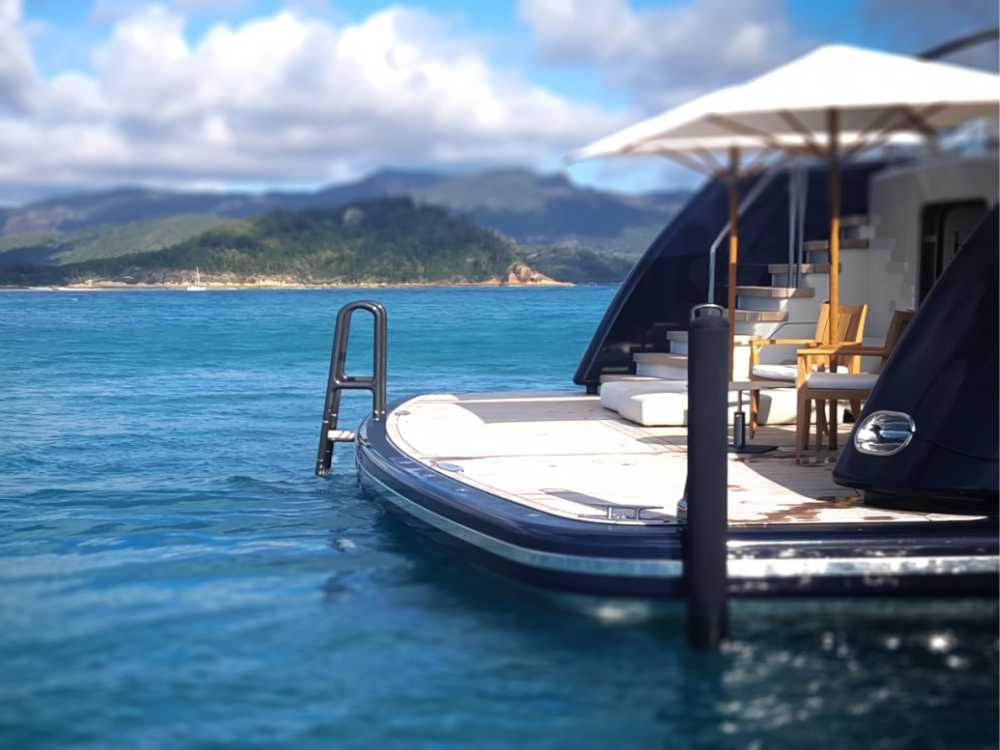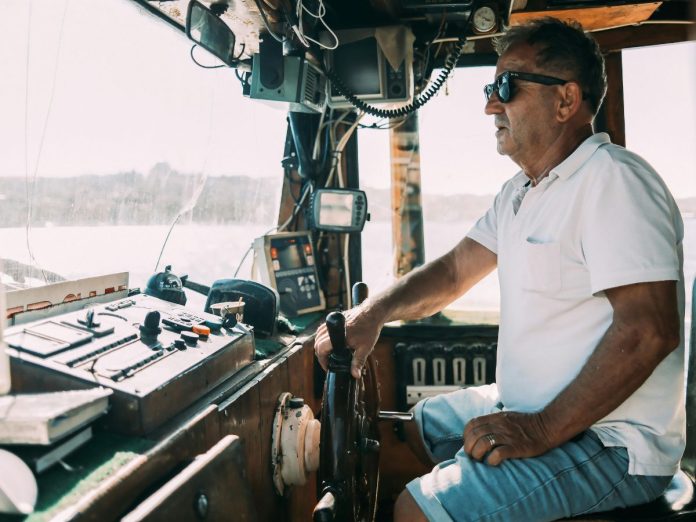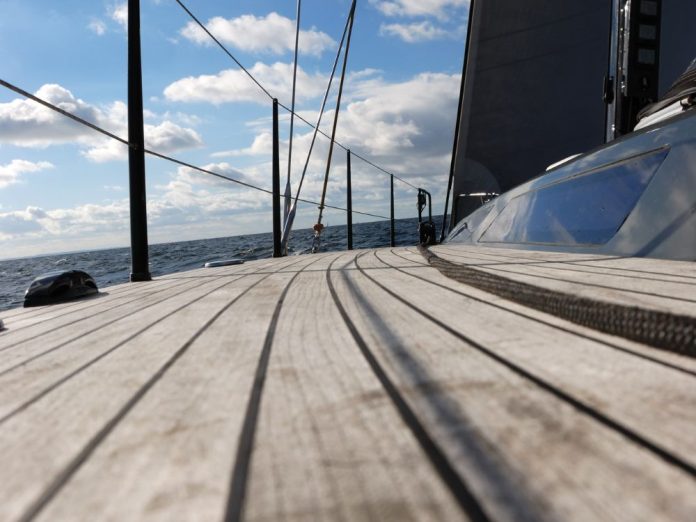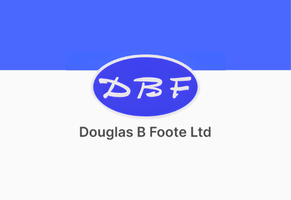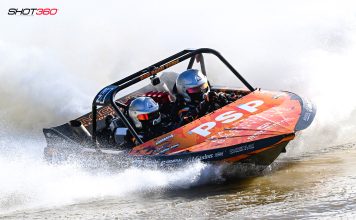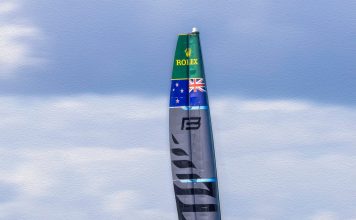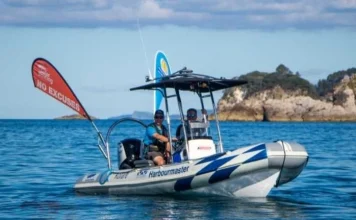When we kept our boat up at Gulf Harbour Marina, I was in awe of the skippers who admittedly with the help of a bow thruster could easily and seamlessly angle themselves into their berth. Of so I thought; walk along the pier and you could see grazes and a few bumps in the gelcoat of the same boats. Without a thruster, trust me, it is tougher; a slight misjudgement or a sudden gust and I would find our hull and the marina berth making contact. Sometimes a whisper of a touch, other times loud-enough to raise my pulse. I would check our hull constantly for any new scratch or bruise. My boat after all is my pride and joy, and every mark feels personal.
Fenders quickly became part of our routine. Arriving or departing, edging up to a wharf for diesel, out came the fenders without hesitation.
Fenders aren’t glamorous, but they’re practical and have saved my gelcoat more than any other bit of kit on board. Having them handy is Boating 101.
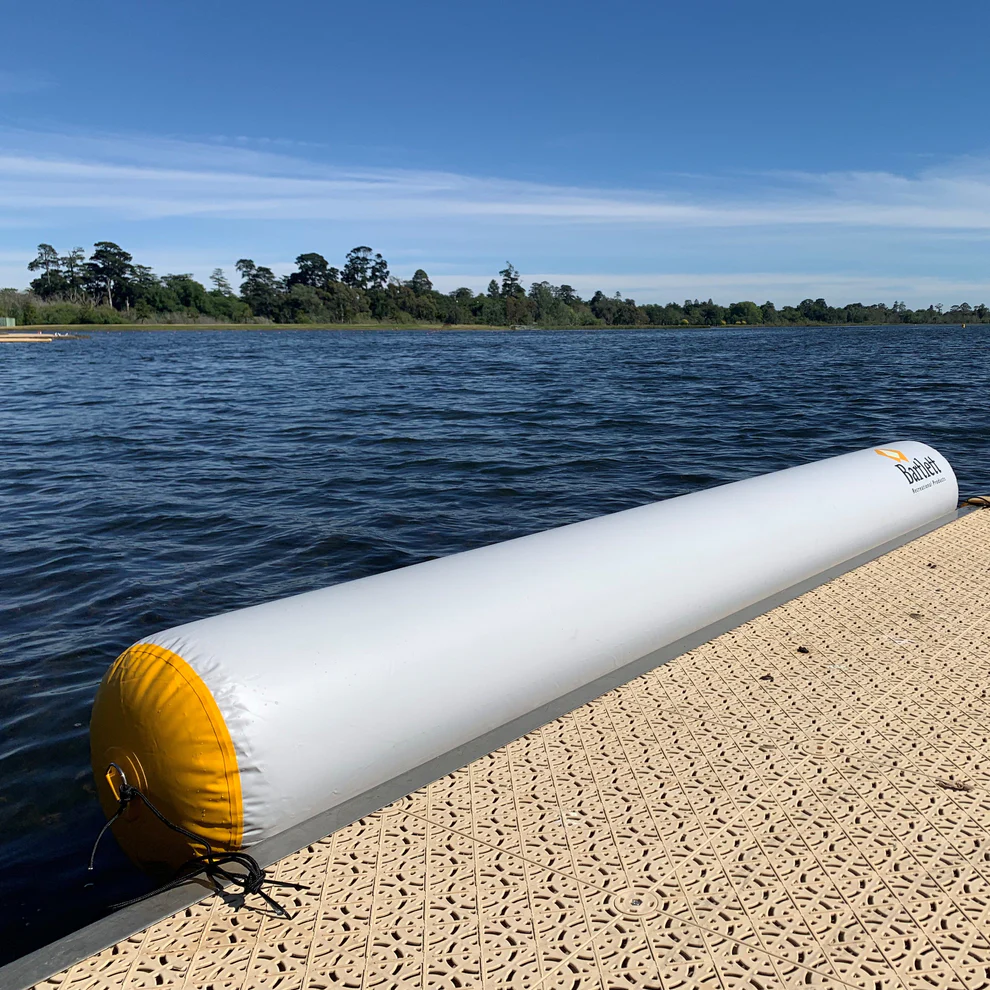
So, what fenders are available? Which fenders work for different boats?
Why fenders matter
Every time you come alongside, your boat, the dock, and the wind or tide are all trying to sort themselves out. Fenders give you a buffer while you get control. Good ones spread the load and buy you time. Too few, or fenders that ride too high, simply let the hull take the hit.
Most scrapes happen in familiar places: when a crosswind pushes you in faster than planned, when a tight marina makes you shuffle sideways, or when you’re rafted up and someone else’s approach goes a bit wrong.
You don’t need to wrap the whole boat in rubber, but you do need enough well-placed fenders to match where and how you berth.
Main types of fenders
Cylindrical and centre-hole fenders
The classic sausage fender is still the most common choice. Standard versions have eyes at each end. Centre-hole models run a rope through the middle so you can rotate or slide them as needed.
Hint: Always keep an easily-pliable rope tied to at least one end of the sausage fender. This allows you
They suit most launches and keelboats and let you adjust pressure to match your boat weight.
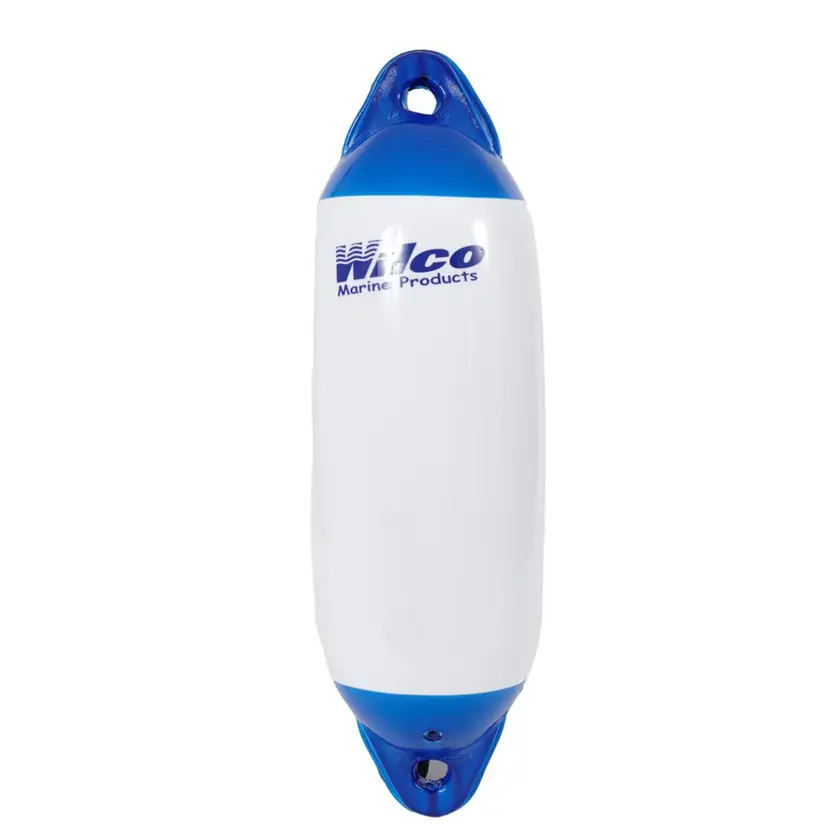
Heavier boats with higher topsides need bigger diameters. Trailer boats can get away with smaller ones, though only if they use enough of them.
Spherical or ball fenders
Ball fenders earn their keep around bow piles, high piers, and raft-ups. Because they sit further out, they bridge over rough surfaces that flatten normal fenders. Many skippers keep at least one on board for awkward angles or crowded raft-ups.
Low freeboard fenders
Runabouts, RIBs, and centre consoles often sit too low for standard fenders to do their job. Low freeboard versions hook over the gunwale and drop the contact point right down near the waterline. They’re also handy on tender bows to stop them chewing a transom while towing.
Corner and transom fenders
Swim platforms and square transoms take the first touch when backing into a berth. Corner pads and transom fenders spread those knocks and protect the edges that crack most easily. On boats that stern-berth around piles or concrete, these are a must.

Flat and foam fenders
Inflatable fenders are great until they meet barnacles or rough timber. Foam and EVA fenders don’t deflate and sit neatly along the hull or dock. They’re brilliant as backup protection and stow easily under a bunk or against a cockpit side.
Fender boards and dock bumpers
Older Kiwi marinas often have raw piles or rough concrete. A fender board hung outside two or more fenders takes the abrasion and keeps the hull clear. Dock bumpers do the same in reverse by permanently protecting the berth itself.

How many and what size?
A simple guide is one fender for every three metres of hull, plus a spare. An 8–10 metre boat should carry four decent ones at a minimum. If you raft up regularly, carry double.
On size:
- Boats under 6 metres can use smaller fenders.
- Six to ten metres need medium sausage fenders and ideally a ball fender for the bow.
- Boats over 10 metres need larger, high-volume fenders with a bit of length for better coverage.
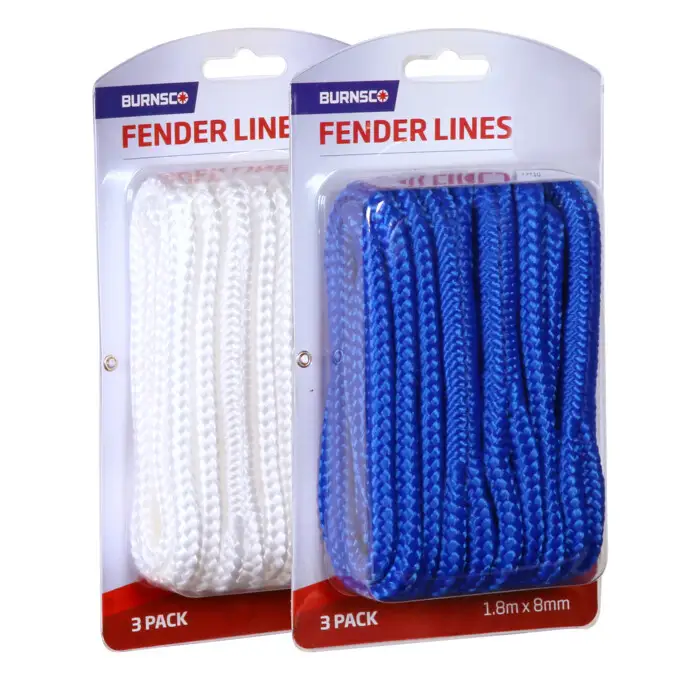
If unsure, go one size up. One serious fender usually does more than several small ones.
Using them properly
The right fenders in the wrong place might as well be in the locker. A few habits help:
- Rig early: don’t wait until you’re at the berth.
- Set the right height: the fattest part should sit at the actual contact point.
- Keep lines short: long lines let fenders swing out of the way.
- Use covers if needed: they keep gelcoat cleaner and reduce squeaking.
Store fenders where you can grab them quickly. It beats digging in the forepeak while the wind pushes you around.
Fenders need replacing once they show serious structural wear, deep cracks, heavy rusting or any sign of distortion. With summer boating ahead, it is worth checking that your fenders are up to the job and that you have enough of them on board.
New ideas and upgraded gear
Foam-filled, no-puncture fenders
These started in the superyacht world and are now turning up on Kiwi motor yachts and launches in surge-prone marinas. They cost more but handle rough piles, barnacles, and accidental scrapes far better than inflatable versions.
Elastic mooring systems
Some moorings now use elastic risers that stretch under load. This softens the boat’s movement and reduces strain on cleats while keeping heavy gear off the seabed. It’s not replacing fenders, but it reduces the sharp snatch loads that cause damage.
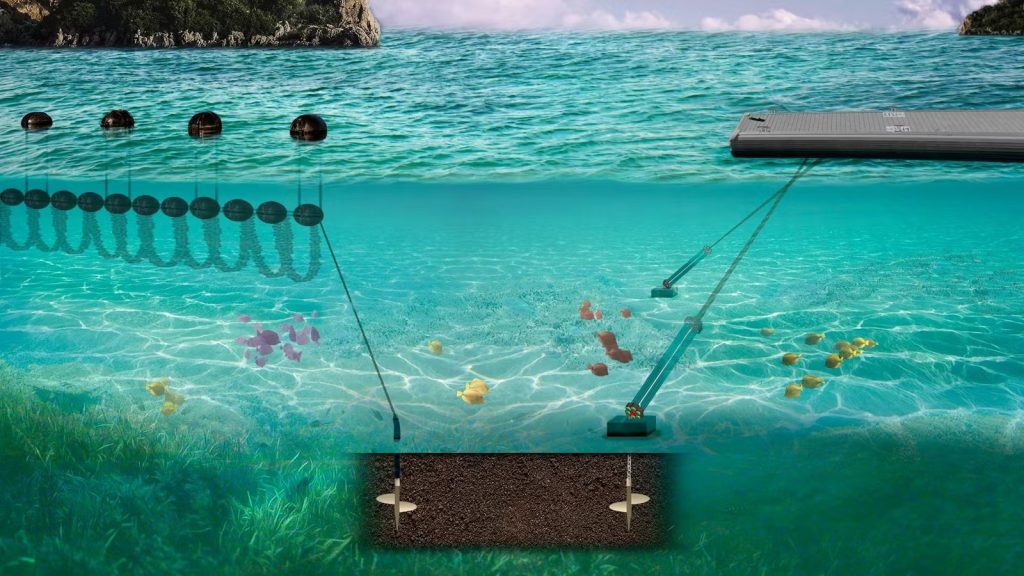
Smarter, tougher dock systems
While “smart” fenders with sensors are still in the commercial world, the technology behind them is pushing marinas to adopt materials that last longer in strong UV and need less replacement after big blows. Over time, Kiwi marinas will move toward cleaner, softer, more forgiving berth edges.
Check out the range of fenders at your local Burnsco store.









